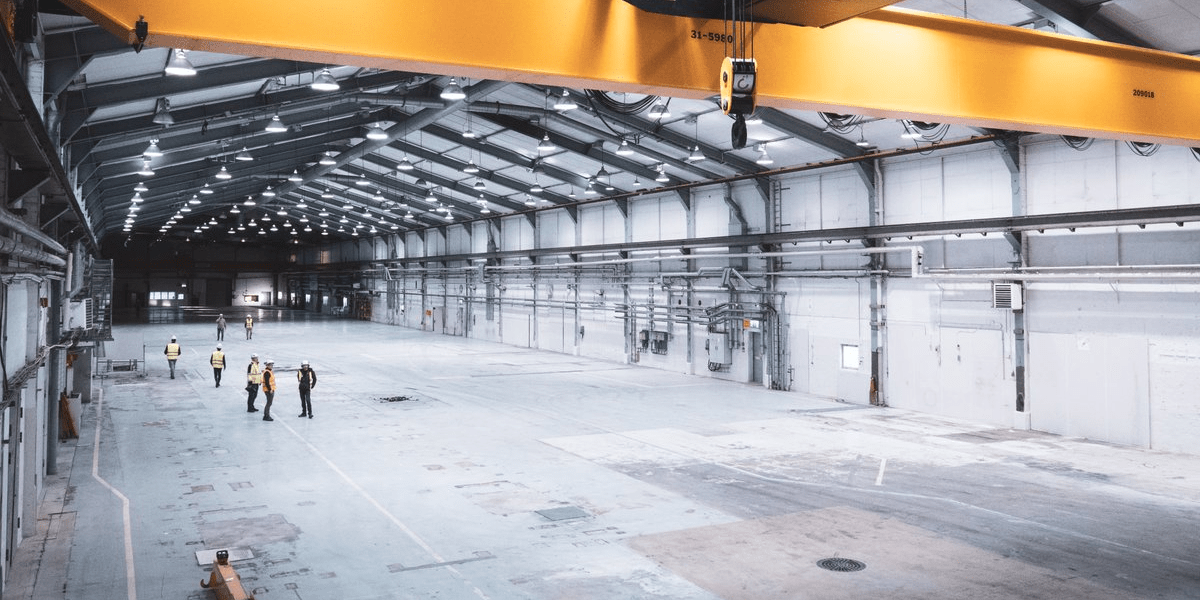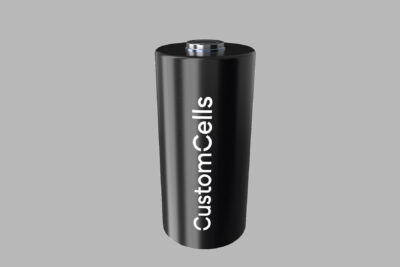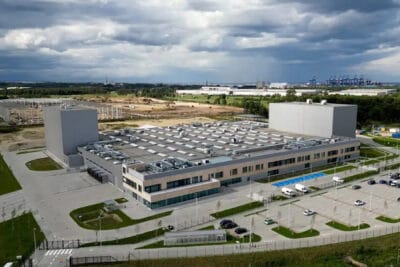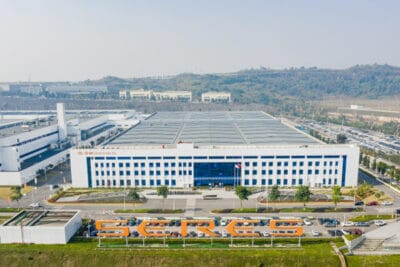Sodium-ion batteries progress in Sweden and the USA
Sodium-ion batteries are moving forward. In Sweden, Altris has announced its first industrial-scale cathode material production facility. Over in the USA, a project for the production of sodium-ion batteries is also becoming concrete with the collaboration of Natron Energy and Clarios.
In Sweden, Altris, a developer of cathode material for sodium-ion batteries, wants to implement its manufacturing in the city of Sandviken, almost 200 kilometres north of Stockholm, in cooperation with Sandvik Materials Technology, a developer and manufacturer of stainless steel, special alloys and carbide. The Altris plant should be able to produce 2,000 tonnes of Fennac cathode material annually, which is enough for 1 GWh of sodium-ion batteries per year.
Production at the 1,800 square metre facility, called the Ferrum plant, is expected to start in early 2023. The Ferrum plant in Sandviken will be Altris’ third site, joining the company’s headquarters and research laboratory in Uppsala and a sales office in Guangzhou, China.
Fennac cathode material, often referred to as “Prussian white” by battery researchers, is a framework material consisting of sodium, iron, carbon and nitrogen. The large pores inside the material allow a number of atoms or molecules to be trapped and stored. According to Altris, using iron as an electron source and completely filling the material with sodium provides a theoretical capacity of 170 mAh/g and an average output voltage of 3.2 V.
Altris says it is making use of its new method for manufacturing Fennac that uses low temperature and ambient pressure. The company says this makes it a more sustainable and cost-efficient alternative.
In the USA, sodium-ion battery manufacturer Natron Energy and Clarios, a producer of low-voltage battery technologies for mobility, are collaborating on the production of the sodium-ion batteries. The Clarios facility in Meadowbrook, Michigan, is expected to become the largest sodium-ion battery manufacturing facility in the world when volume production begins in 2023. Natron has not yet revealed the intended production capacity.
Natron’s batteries are manufactured using the same tools and equipment used for lithium-ion manufacturing. Natron says that this similarity in manufacturing requirements allows the two companies to use part of Clarios’ lithium-ion facility for sodium-ion production. This is expected to result in lower costs and faster time to market compared to building a new factory.
Natron Energy’s batteries have so far been used mainly for data centres and telecom networks, with electric vehicles also mentioned as future applications. Craig Rigby, Clarios vice president, technology says: “Clarios is excited to work with Natron to ramp-up a promising energy storage solution. As the demand for energy storage increases across applications, we see the potential for this technology to address critical needs.”
The project has been supported by the US Department of Energy’s ARPA-E agency through the SCALEUP program. The mass production of sodium ion cells should be made possible with new cell assembly equipment in the Clarios Meadowbrook plant.
In China, as we know, the battery giant CATL is also planning to produce sodium-ion cells from 2023. On this occasion, we already had experts evaluate the advantages and disadvantages as well as the potential of the technology last year. You can read the result here.
Sweden: altris.se, info on Fennac: altris.se, altris.se, USA: natron.energy





0 Comments